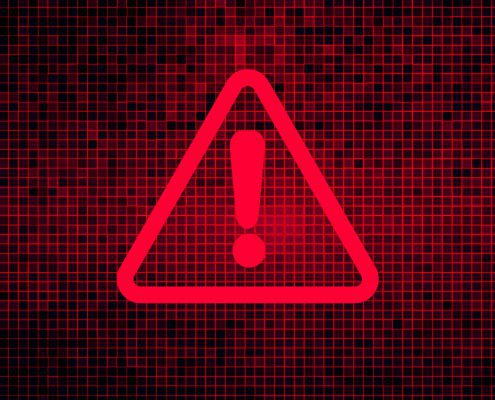
Flash Is Dead
As 2020 closed, so did the era of Adobe’s Flash. Adobe will no longer support Flash and has advised its users to uninstall the software entirely. Some say good riddance as Flash had many issues including bugs and security vulnerabilities.…

Review of Mark Hughes’s article “5 Lessons We Learned From Our Ransomware Attack”
Xchanging, a subsidiary of DXC based in the UK, was attacked with ransomware on July 4th, 2020. Mark Hughes, senior vice president of offerings and strategic partners at DXC Technology, wrote an article in the Harvard Business Review titled…

The Scariest Data Breaches of the Last 10 Years
Up until April 2019, 540 million Facebook users’ data was up for grabs. Thankfully the insecure data was removed from unprotected cloud servers when it was discovered by Bloomberg. The insecure data included account names, IDs, and…

10 Do’s and Don’ts of Cybersecurity for Small Businesses
The best way to avoid cyberattacks is to be prepared. Small businesses are especially at risk of attack because they are like low-hanging fruit to hackers - the most vulnerable, with the least amount of security policies and practices implemented.…